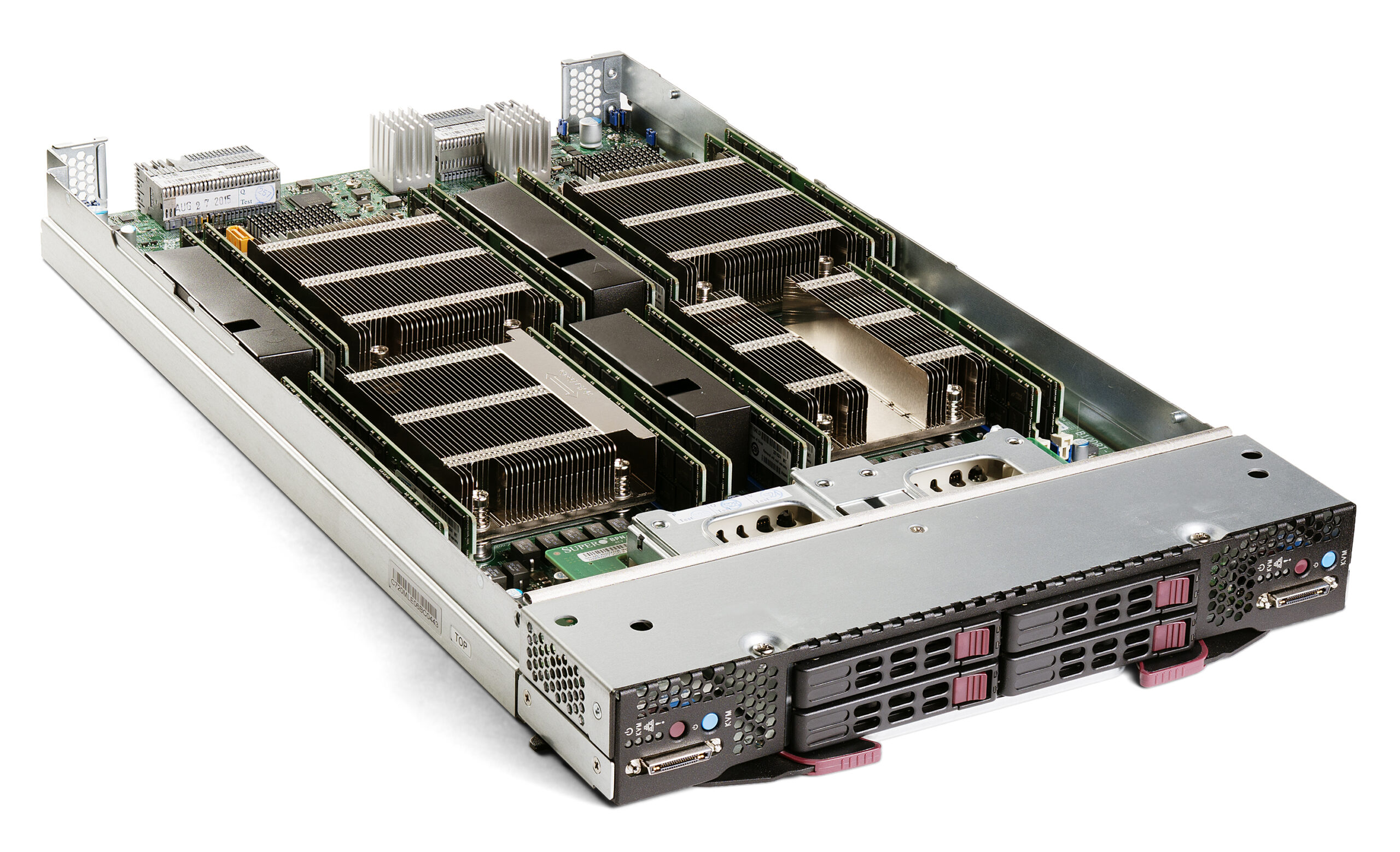Introduction
In the ever-evolving landscape of data center technologies, blade servers have emerged as a transformative force, embodying a trinity of advantages: speed, size, and intelligence. This innovative approach to server architecture has redefined efficiency and performance in data management, offering a multifaceted solution that transcends traditional server limitations. In this exploration, we unravel the intricacies of the Blade Server Advantage, examining how these streamlined systems contribute to a faster, more compact, and inherently intelligent data center infrastructure. From the relentless pursuit of speed to the optimization of physical space and the infusion of intelligent features, blade servers stand as a testament to the ongoing quest for innovation in the realm of computing. Join us on a journey through the realms of swifter operations, reduced footprint, and heightened intelligence as we navigate the landscape of blade servers and their transformative impact on modern data processing.
The Blade Server Advantage: Faster, Smaller, Smarter
Blade servers offer several advantages in speed, size, and intelligence, making them a popular choice in modern data center environments.
1. Space Efficiency:
Compact Design:
Blade servers are designed as individual server units housed in a common chassis. Each blade is a self-contained server with its processors, memory, and storage.
The chassis provides a centralized location for power supplies, cooling fans, and networking components that are shared among the blades, reducing the overall physical space required.
High Density:
By housing multiple blades in a single chassis, data centers can achieve a higher server density per rack than traditional servers. This is crucial for environments where space is at a premium.
2. Ease of Management:
Integrated Management:
Blade server systems often come equipped with integrated management tools, providing a unified interface for administrators to monitor and control all blades within a chassis.
This centralized management simplifies firmware updates, system monitoring, and troubleshooting tasks.
Simplified Cabling:
Blade servers reduce cable clutter by consolidating power, networking, and management connections within the chassis. This simplifies cable management, making it easier to trace and manage connections.
3. Scalability:
Modular Architecture:
The modular design of the blade server allows for easy expansion. Administrators can add new blades to an existing chassis, streamlining the scaling process without the need for additional physical space or complex cabling.
Rapid Deployment:
Adding or replacing blades is a straightforward process. This rapid deployment capability is beneficial for organizations that need to quickly adapt to changing workloads and demands.
4. Energy Efficiency:
Shared Resources:
Blade servers share common resources such as power supplies and cooling fans within the chassis. This shared infrastructure improves energy efficiency by eliminating the need for redundant components in each server.
Dynamic Power Management:
Blade servers often incorporate dynamic power management features. These features adjust power consumption based on the current workload, optimizing energy usage and reducing operational costs.
5. Performance and Agility:
High Performance:
Blade servers are designed to house high-performance components, providing substantial computing power and memory capacity. This makes them suitable for demanding workloads such as virtualization, high-performance computing, and large-scale applications.
Resource Optimization:
The modular architecture and shared resources allow for efficient resource allocation. Administrators can allocate computing power and memory as needed, optimizing the overall performance of the blade server infrastructure.
6. Cost Savings:
Lower TCO:
While the initial investment in blade server may be higher, the total cost of ownership over time can be lower. This is due to factors such as reduced physical footprint, lower energy consumption, and simplified management leading to operational cost savings.
Reduced Hardware Redundancy:
Shared components in a blade server chassis contribute to a reduction in redundant hardware. Fewer redundant components mean lower hardware costs and potentially lower maintenance expenses.
In summary, the advantages of blade servers extend beyond their physical form factor. The combination of space efficiency, ease of management, scalability, energy efficiency, high performance, and cost savings makes blade servers a compelling choice for organizations aiming to optimize their data center infrastructure.
Conclusion
In conclusion, “The Blade Server Advantage: Faster, Smaller, Smarter” encapsulates a paradigm shift in data center architecture that goes beyond mere technological evolution. Blade servers have proven to be catalysts for efficiency, speed, and intelligence, offering a comprehensive solution to the challenges of modern computing infrastructure.
The relentless pursuit of speed has manifested in the high-performance capabilities of blade servers, propelling data processing to new heights. The compact design and modular architecture contribute to a smaller physical footprint, enabling data centers to maximize space utilization and achieve unprecedented server density. This, coupled with integrated management tools and simplified cabling, has ushered in a new era of streamlined administration and operational agility.
Moreover, the intelligence embedded within blade servers extends beyond raw processing power. Dynamic power management, resource optimization, and shared infrastructure underscore a commitment to energy efficiency, translating into reduced operational costs and a lower total cost of ownership.

